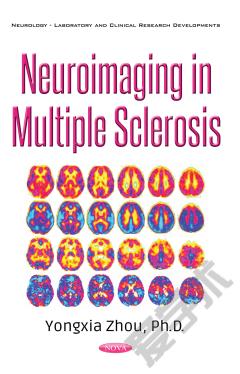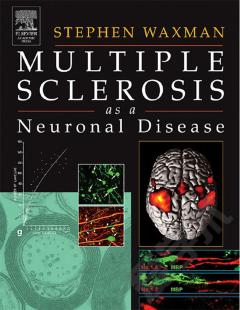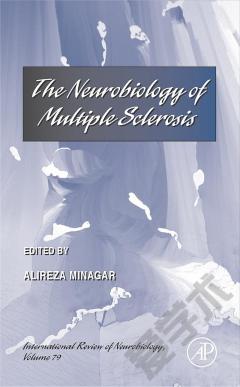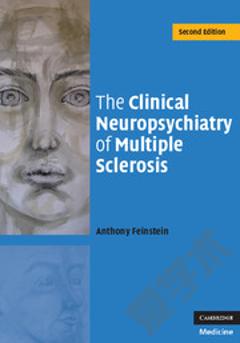Neuroimaging in Multiple Sclerosis
Multiple sclerosis (MS) is a chronic inflammatory demyelinating disease that affects the whole brain. Neuroimaging techniques that can help elucidate and characterize the nature and mechanism of tissue injury and disease progression in MS are of particular importance, given their roles in seeking successful preventive and therapeutic treatments for the disease. Imaging biomarkers of MS include multiple lesions, brain atrophy and normal appearing brain tissue abnormalities. Although MS is considered to be an autoimmune inflammatory disease that primarily activates hematogenous macrophages that destroy myelin, growing evidence strongly suggests that MS is a diffused neurodegenerative disease. Imaging myelin in the brain has great potential in revealing the myelination and maturation process in the brain, and can help further explain the link between the initial inflammatory event and subsequent degenerative processes of the disease. While myelin is most abundant in white matter, forefront studies suggest that demyelination could occur in grey matter during aging and MS. Further improvements are expected in this active research field in terms of quantification and improvement of myelin detection accuracy. The neuroimaging techniques in MS detection can be further extended to other neurodegenerative diseases including Alzheimer’s disease, schizophrenia and white matter injuries following stroke. Furthermore, cerebrovascular reactivity (CVR) describes the compensatory dilatory capacity of cerebral vasculature in upregulating perfusion. Investigating the hypercapnia-induced CVR characteristics using well-validated pseudo-continuous ASL (pCASL) for CBF and BOLD fMRI acquisitions could provide a physiological clue to the underlying neurovascular and vascular inflammatory mechanism in the etiology of MS.The authors hope to introduce the readers to some perspectives using multi-modality imaging for MS disease detection and diagnosis, including two imaging hallmark-demyelination and inflammation. Various advanced technical developments and applications will be demonstrated, including conventional and homotopic functional and structural connectivity, underlying pathological investigation with robust blood-flow and BOLD-based vascular reactivity techniques, and longitudinal monitoring of multiparametric MRI data. Therefore, the book will present some forefront, up-to-date and interesting examples in the MS research field. This book will hopefully capture the interests of colleagues in this challenging field and help convey the technical and developmental information of the neuroimaging applications in MS.Target Audience:College to post-graduate students, professionals including faculties and scientists in universities and research institutes, as well as research and development staff interested in this topic
{{comment.content}}








 京公网安备 11010802027623号
京公网安备 11010802027623号